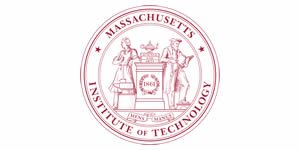RSS feed source: Global Disaster Alert and Coordination Systems (GDACS).
In Seattle, a meteorologist analyzes dynamic atmospheric models to predict the next major storm system. In Stuttgart, an automotive engineer examines crash-test simulations for vehicle safety certification. And in Singapore, a financial analyst simulates portfolio stress tests to hedge against global economic shocks.
Each of these professionals—and the consumers, commuters, and investors who depend on their insights— relies on a time-tested pillar of high-performance computing: the humble CPU.
DOWNLOAD THE REPORT
With GPU-powered AI breakthroughs getting the lion’s share of press (and investment) in 2025, it is tempting to assume that CPUs are yesterday’s news. Recent predictions anticipate that GPU and accelerator installations will increase by 17% year over year through 2030. But, in reality, CPUs are still responsible for the vast majority of today’s most cutting-edge scientific, engineering, and research workloads. Evan Burness, who leads Microsoft Azure’s HPC and AI product teams, estimates that CPUs
Click this link to continue reading the article on the source website.



